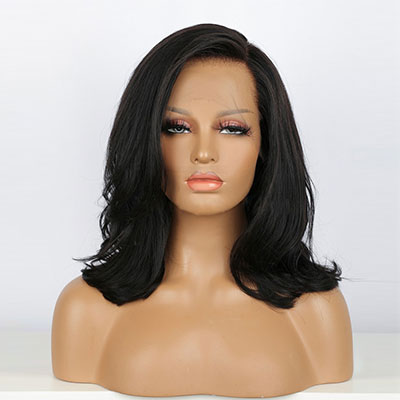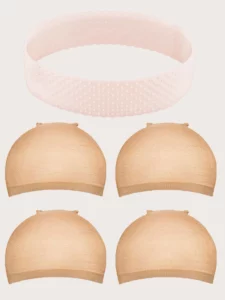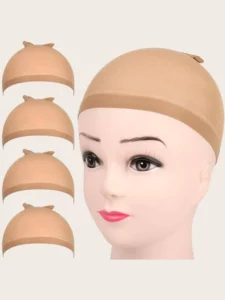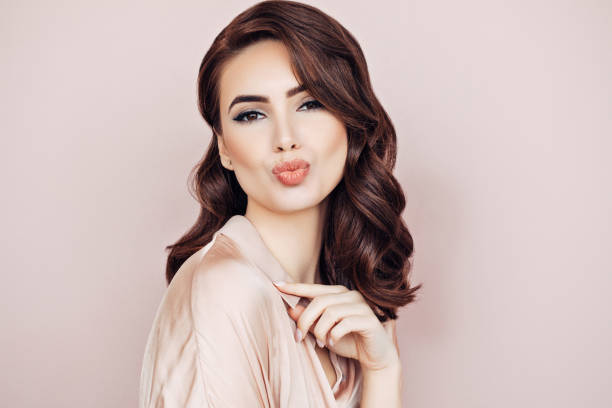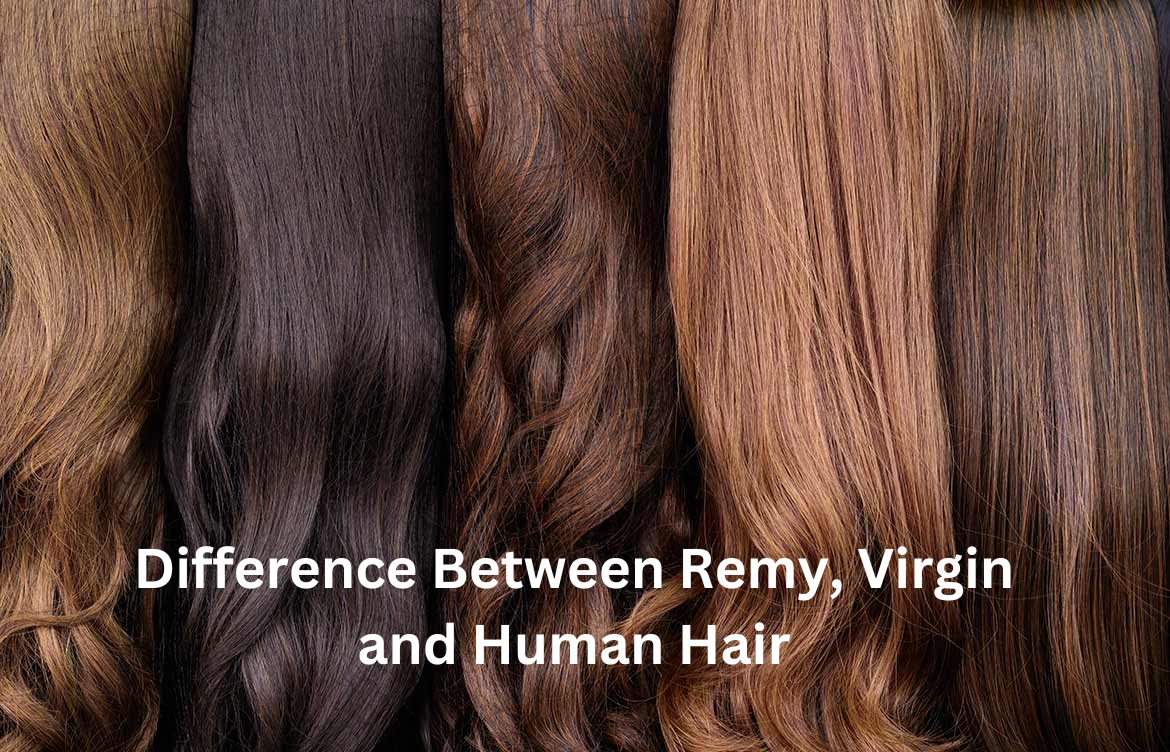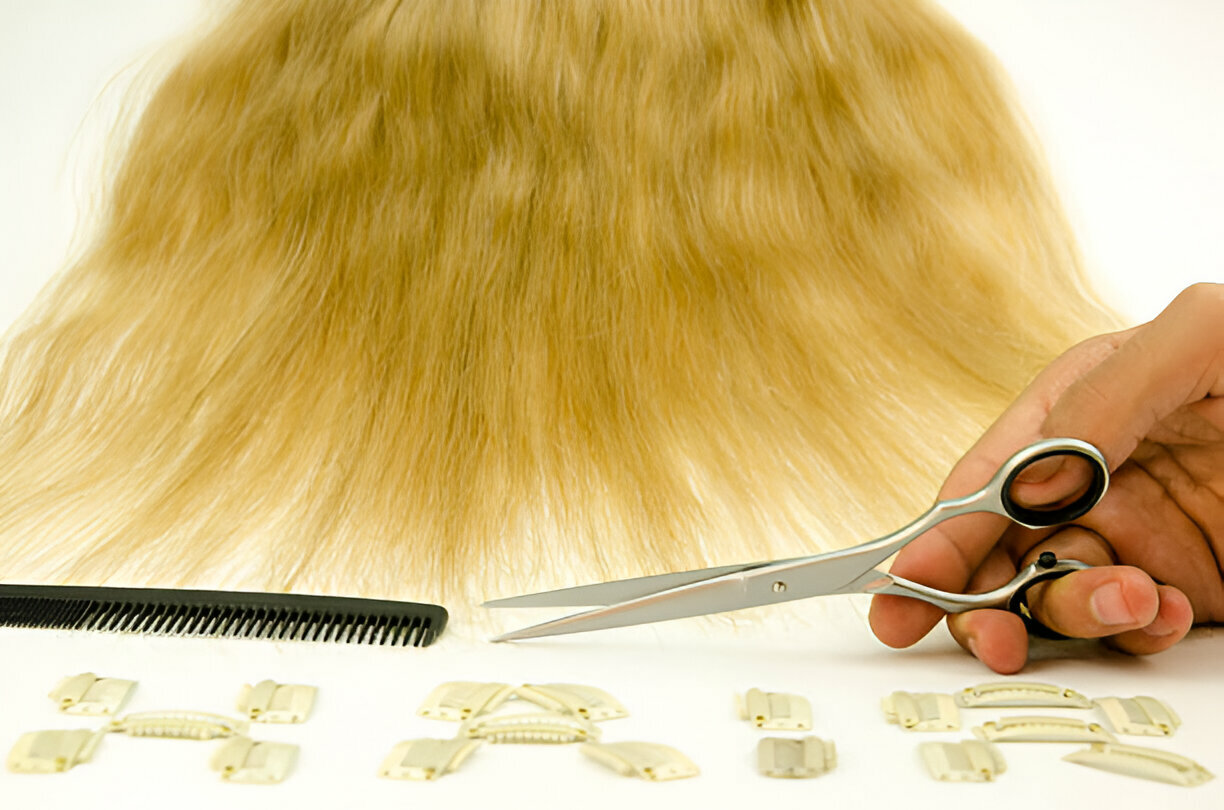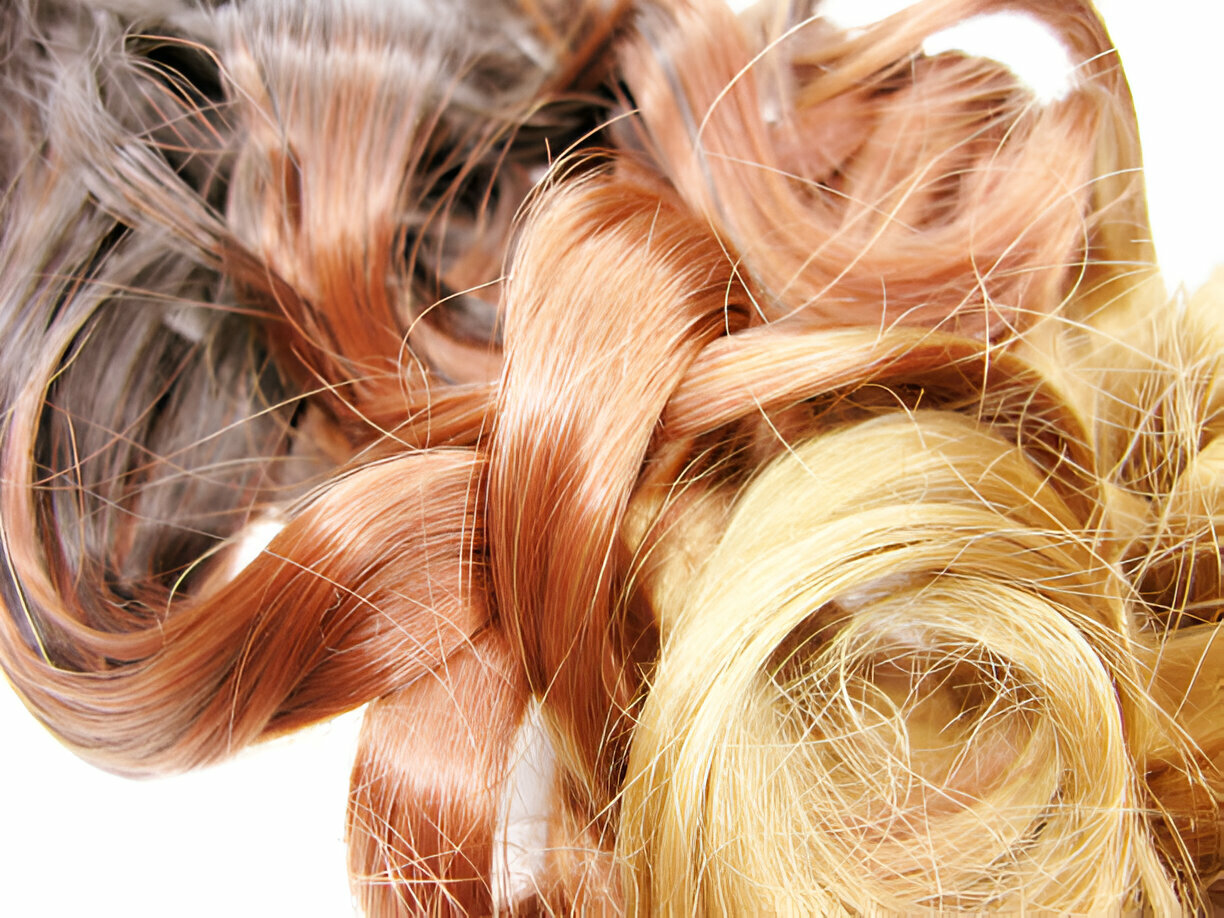Traction Alopecia: What Is It And How To Deal With It?
Learn about traction alopecia, a common hair loss condition caused by tight hairstyles and hair accessories. Discover its causes, symptoms, and prevention tips to keep your hair healthy and strong.
Hair loss is a distressing condition that can deeply impact individuals of all ages and backgrounds. Whether young or old, male or female, hair loss can significantly affect one’s self-esteem, confidence, and overall quality of life. Among the various types of hair loss, traction alopecia stands out as a particularly common form caused by repetitive pulling or tension on the hair follicles. This condition often arises from certain hairstyles or hair practices that exert constant pressure on the scalp, leading to damage and subsequent hair loss.
In this comprehensive guide, we’ll delve into the intricacies of traction alopecia, exploring its causes, symptoms, prevention methods, treatment options, and practical tips for managing this condition effectively. By gaining a deeper understanding of traction alopecia and its impact on hair health, individuals can take proactive steps to address and mitigate the effects of this condition, promoting healthy hair growth and overall well-being.
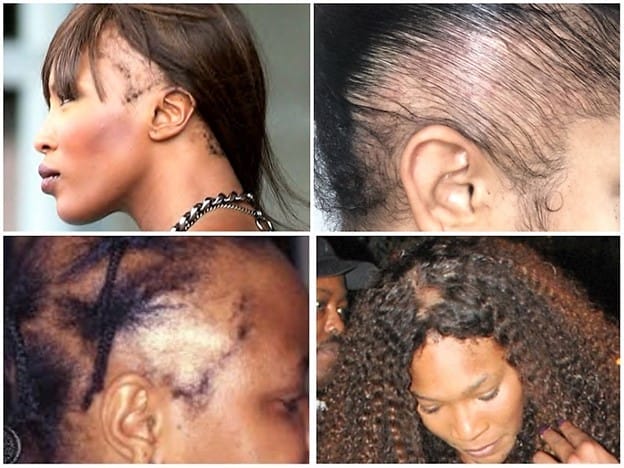
Understanding Traction Alopecia
Traction alopecia is a form of hair loss that develops gradually over time due to the consistent application of tension on the hair follicles. This tension typically arises from specific hairstyles or hair practices that impose pressure on the scalp, including tight ponytails, braids, cornrows, hair extensions, or the repeated use of hair accessories. As these hairstyles or practices persist, the continuous pulling action weakens the hair follicles, triggering inflammation and eventually leading to hair loss. It’s essential to recognize the underlying causes of traction alopecia and the cumulative effects of prolonged tension on the scalp to effectively prevent and manage this condition.
Identifying the Causes and Symptoms
Traction alopecia, though often overlooked, can stem from a variety of contributing factors, each playing a role in the gradual deterioration of hair health. Understanding these causes is crucial for both prevention and effective management:
Tight Hairstyles:
Hairstyles that exert excessive tension on the scalp, such as tightly pulled-back ponytails, braids, or cornrows, are major culprits in the development of traction alopecia. The constant pulling and tugging on the hair follicles can lead to inflammation and eventual hair loss in the affected areas.
Hair Accessories:
While hair accessories like headbands, hair clips, or hair extensions can add flair to a hairstyle, they can also contribute to traction alopecia if worn too tightly or for prolonged periods. Accessories that pull or tug on the hair can place undue stress on the follicles, leading to damage and hair loss over time.
Improper Hair Care Practices:
Engaging in harsh hair care practices, such as frequent heat styling, chemical treatments (e.g., relaxers or perms), or rough handling of the hair during styling or grooming, can weaken the hair shaft and make it more susceptible to breakage and traction alopecia. These practices can strip the hair of its natural oils, leaving it dry, brittle, and prone to damage.
It’s essential to recognize the symptoms associated with this condition
Thinning or Bald Patches:
One of the hallmark signs of traction alopecia is the presence of thinning or bald patches, particularly along the hairline, temples, or crown of the head. These areas may appear sparse or devoid of hair, indicating damage to the hair follicles.
Scalp Tenderness or Discomfort:
Individuals with traction alopecia may experience scalp tenderness, redness, or itching in the affected areas. This discomfort is often a result of inflammation or irritation caused by the constant pulling and tension on the scalp.
Hair Breakage or Split Ends:
Excessive tension on the hair follicles can weaken the hair shaft, leading to breakage or splitting of the hair along the hairline or where tension is applied. This can result in uneven or frayed ends, further exacerbating the appearance of hair loss.
Small Bumps or Pustules:
In some cases, traction alopecia may cause small bumps or pustules to form on the scalp, indicating inflammation or infection of the hair follicles. These bumps may be tender to the touch and can contribute to further hair loss if left untreated.
Symptoms of traction alopecia may include:
- Thinning or bald patches, particularly around the hairline, temples, or crown.
- Scalp tenderness, redness, or itching in the affected areas.
- Breakage or splitting of hair along the hairline or where tension is applied.
- Small bumps or pustules on the scalp, indicating inflammation or infection.

Prevention and Management Strategies
Preventing traction alopecia involves adopting gentle hair care practices and avoiding hairstyles that exert excessive tension on the hair follicles. Here are some preventive measures and management strategies to consider:
1. Choose low-tension hairstyles:
Opt for hairstyles that distribute tension evenly across the scalp, such as loose braids, twists, or buns. Avoid tight ponytails, cornrows, or styles that pull on the hairline.
2. Use gentle hair accessories:
Select hair accessories made from soft materials and avoid those that pull or tug on the hair. Opt for satin scrunchies, fabric headbands, or hair ties with no metal parts to minimize friction and tension.
3. Limit heat styling and chemical treatments:
Excessive use of heat styling tools, such as flat irons or curling wands, can weaken the hair shaft and contribute to breakage. Similarly, chemical treatments like relaxers or perms can damage the hair and make it more susceptible to traction alopecia.
4. Practice proper hair care:
Handle your hair with care, using wide-tooth combs or brushes with soft bristles to detangle and style. Avoid pulling or tugging on the hair when brushing or combing, and use a gentle shampoo and conditioner suitable for your hair type.
5. Give your hair a break:
Periodically allow your hair to rest from tight hairstyles or hair extensions. Giving your hair time to recover can help prevent further damage and promote healthy hair growth.
6. Maintain a healthy scalp:
Keep your scalp clean and moisturized to create an optimal environment for hair growth. Use a mild shampoo and conditioner to cleanse the scalp and remove buildup, and consider incorporating scalp massages or treatments to stimulate circulation and promote follicle health.
7. Scalp Massage:
Regular scalp massages can help improve blood circulation to the hair follicles, promoting hair growth and reducing the risk of traction alopecia. Gentle massages with natural oils such as coconut or almond oil can also help nourish the scalp and strengthen the hair shaft, making it more resilient to damage. Incorporating scalp massages into your hair care routine can provide relaxation and support overall scalp health, contributing to the prevention of traction alopecia.
Treatment Options for Traction Alopecia
While prevention is key, there are several treatment options available for individuals experiencing traction alopecia:
Topical treatments
Over-the-counter or prescription-strength topical treatments containing minoxidil may help stimulate hair growth and improve the appearance of thinning areas. These treatments are applied directly to the scalp and are available in various strengths and formulations.
Corticosteroid injections:
In cases of severe inflammation or scarring, corticosteroid injections may be recommended to reduce inflammation and promote healing. These injections are administered directly into the affected areas of the scalp by a dermatologist or trichologist.
Platelet-rich plasma (PRP) therapy:
PRP therapy involves extracting a small sample of the patient’s blood, processing it to isolate the platelet-rich plasma, and injecting it into the scalp to stimulate hair growth. This treatment has shown promising results in promoting hair regrowth and improving hair density in individuals with traction alopecia.
Hair transplant surgery:
In cases where traction alopecia has caused permanent damage to the hair follicles, hair transplant surgery may be considered as a last resort. During this procedure, healthy hair follicles are harvested from donor areas of the scalp and transplanted into the thinning or balding areas.
Nutritional Support
Consuming a balanced diet rich in essential vitamins and minerals can support overall hair health and reduce the risk of traction alopecia. Nutrients such as vitamin E, vitamin C, biotin, and omega-3 fatty acids are particularly beneficial for promoting hair growth and strength.
Incorporating foods like fruits, vegetables, lean proteins, and healthy fats into your diet can provide the necessary nutrients to nourish the hair follicles from within, enhancing their resilience to tension and reducing the likelihood of hair loss. Additionally, consider taking supplements specifically formulated to support hair growth and vitality, under the guidance of a healthcare professional, to further optimize your nutritional support for healthy hair.
Conclusion
In summary, traction alopecia is a big worry for hair health, affecting people of all ages and backgrounds. Knowing what causes it and its symptoms is really important to stop it early. By being gentle with our hair, avoiding tight hairstyles and accessories, and getting help from experts when needed, we can lower the chances of getting traction alopecia and keep our hair healthy.
It’s also important to spread the word about traction alopecia so everyone knows how to take care of their hair better. With the right knowledge and taking care of our hair, we can keep it strong and beautiful for a long time.
Dealing with traction alopecia isn’t easy, but with the right care and effort, we can protect our hair and feel good about how it looks. By being careful and looking after our hair, we can live our lives with confidence and enjoy having healthy hair.

POSTED BY
Eternal Wigs





